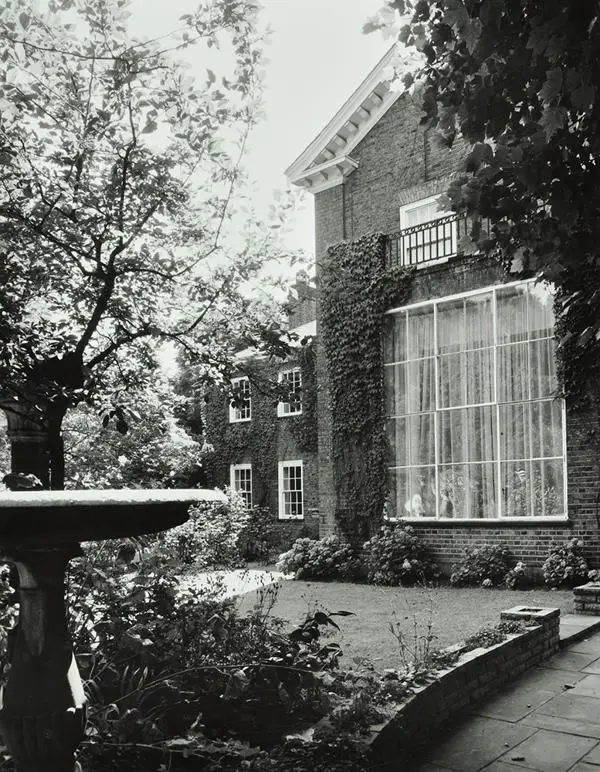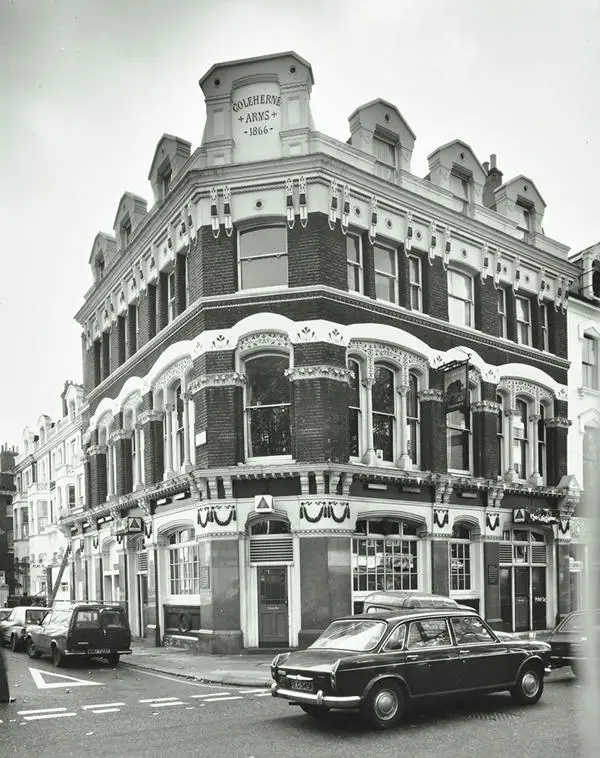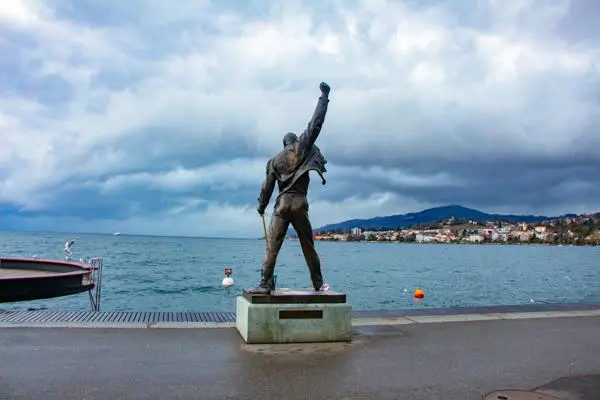Anniversary of the Death of Freddie Mercury
Banner image shows Statue of Freddie Mercury, Montreux. © Evgeni Lozovski
November 2021 marks the 30th anniversary of the death of Freddie Mercury, the iconic singer of the rock band, Queen. His death was headline news across the world and caused a huge public outpouring of grief. The significance of his death is expressed across a number of interviews in the National HIV Story Archives (NHST), which is currently being catalogued at London Metropolitan Archives.
"If they can’t save Freddie Mercury that’re not going to save me"
Freddie Mercury’s death in the National HIV Story Archives

On 22 November 1991, Queen’s manager, Jim Beach, issued a press release that had revealed that Freddie Mercury was HIV positive and had AIDS. Two days later, on the evening of 24 November it was announced that Freddie Mercury had died in his Kensington home from an AIDS-related illness.
Whilst, he was not publicly out as being openly gay, he was well known on the gay scene, with one interviewee remembering him frequenting a bar called the ‘London Apprentice’ on Old Street, East London, and another regularly seeing him around the gay bars in Earl’s Court.

His reluctance to be open about his HIV status, was not uncommon among gay men in the period, with one interviewee noting that revealing you’re status could be ruinous: “To me it was logical, but a lot of people just refused to be tested and then of course ads in the media, you know, and the loss of insurance and, you know, public exposure, you know.”
While he did keep his status hidden, he was not unaware of the HIV epidemic around him, leaving a considerable sum of money to the Terrence Higgins Trust on his death, and in one bizarre story helped Princess Diana sneak incognito to visit patients at the London Lighthouse, the hospice set up for people living with HIV and AIDS:
"And I remember on occasions when Diana Princess of Wales would turn up unannounced, usually around 3 o clock in the morning, usually disguised. [Laugh] and I’m told often by Freddy Mercury… but she’d come and sit, you know sit with us in the lounge upstairs, or the smoking room and a – she’d make tea and stuff."
On the day of his death, the main reaction from interviewees was one of shock and sadness. One interviewee recalled:
"I lived two streets away from Freddie Mercury, so we were camping outside his house when the news broke about, of his story and it was a sad time when you know, somebody that we all admired and to watch his demise. You know we, we, out in the clubs we’d see him, he’d be out locally. And then again, oh don’t see Freddie about much anymore. And then the story breaks about him and we used to camp outside his house with candles."
Paul Coleman, the main interviewer from the National HIV Story Trust, noted the fear he felt on hearing the death, describing it as a ‘defining moment’ and thought “If they can’t save Freddy Mercury they’re not going to save me”. At the time of his passing, whilst early anti-retroviral medication was being trialled in some patients, effective treatment through the Triple combination therapy (HAART) would not become available until 1996.

Statue of Freddie Mercury, Montreux. © Evgeni Lozovski
Whilst some of the tabloid press coverage of his death was scare-mongering and homophobic in character, his death, did also provoke an outpouring of public sympathy and HIV awareness notably during his memorial concert at Wembley in 1992, where 100,000 red ribbons were distributed. His death also helped increase gay visibility as the author, Colin Clews suggested:
"On one level I mean… basically that… all of that was kind of put out by the media to kind of give this idea of, of, of how infectious it was but what it was also saying was, well, okay, that must mean there’s gay people… there and there, and Rock Hudson, Freddie Mercury, da-da-da, and so on and so in, in… as I say in a very bizarre, very twisted way it made people realise that… there are lots and lots and lots of gay people."
As you can see the range of responses taken from the interviews recorded by the NHST, Freddie Mercury’s death was a standout moment in how the HIV epidemic was perceived in the United Kingdom. These interviews are currently being catalogued at London Metropolitan Archives as part of the Wellcome Trust funded project, ‘Positive history: preserving the archives of HIV/AIDS: care and testimony’.
The aim of the project is to make recently acquired archive collections that demonstrate the lived experience of those who lived through the AIDS crisis of the 1980s, available to the public for the first time.
For further information, and to purchase a book of essays based on some of the early interviews of the project, please visit the National HIV Story Trust website.